Το βασικό μάθημα κορμού της Διεθνούς Οικονομικής Ι έχει ως στόχο να εισάγει τους φοιτητές στις έννοιες του διεθνούς εμπορίου. Το μάθημα είναι δομημένο με τέτοιο τρόπο ώστε οι φοιτητές να εξοικειώνονται και να αναλύουν θέματα σχετικά με τις επιπτώσεις του διεθνούς εμπορίου στην ευημερία των χωρών μέσω της χρήσης μαθηματικών υποδειγμάτων και διαγραμμάτων. Παράλληλα οι φοιτητές μαθαίνουν σχετικά με τη βραχυχρόνια και μακροχρόνια ισορροπία της συναλλαγματικής ισοτιμία. Το μάθημα της Διεθνούς Οικονομίας Ι βοηθάει τους φοιτητές να αποκτήσουν μια πιο ολοκληρωμένη και κριτική σκέψη σχετικά με θέματα άσκησης οικονομικής πολιτικής σε ένα διεθνές περιβάλλον.
Ειδικότερα, μετά την επιτυχή ολοκλήρωση της μαθησιακής διαδικασίας τα προσδοκώμενα μαθησιακά αποτελέσματα αναμένεται να είναι:
● οι φοιτητές θα έχουν την δυνατότητα να ορίζουν με σαφήνεια τα υποδείγματα ανάλυσης διαφόρων οικονομικών θεωριών.
● αντιλαμβανόμενοι και κατανοώντας οι φοιτητές το πλαίσιο της εφαρμογής της οικονομικής πολιτικής σε διεθνές περιβάλλον αναμένετε να αναπτύξουν την ικανότητα χρήσης οικονομικής συλλογιστικής για τη διαμόρφωση και την αξιολόγηση οικονομικών συμβουλών.
● οι φοιτητές θα έχουν την ικανότητα κατανόησης εννοιών της οικονομικής θεωρίας με τη χρήση μαθηματικών μεθόδων, μοντελοποίησης συστημάτων με χρήση των μεθόδων αυτών με απώτερο στόχο την ανάπτυξη διάφορων τρόπων σκέψης και την ανάπτυξη στρατηγικών επίλυσης προβλημάτων της οικονομικής θεωρίας.
● αποτελεσματική επικοινωνία και επεξήγηση οικονομικών επιχειρημάτων στο πλαίσιο της άσκησης Οικονομικής Πολιτικής.
Καθηγητές
Επιλέξτε για να δείτε περισσότερες πληροφορίες για κάθε καθηγητή.
| Όνομα | Τίτλος | |
|---|---|---|
| Πραγγίδης Ιωάννης-Χρυσόστομος | Αναπληρωτής Καθηγητής | gpragkid@econ.duth.gr |


